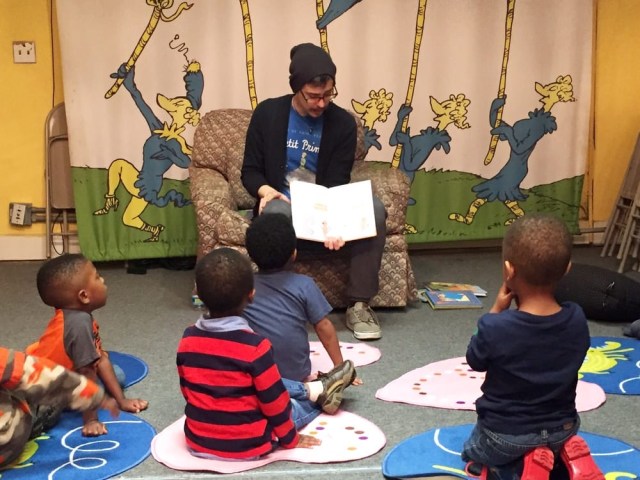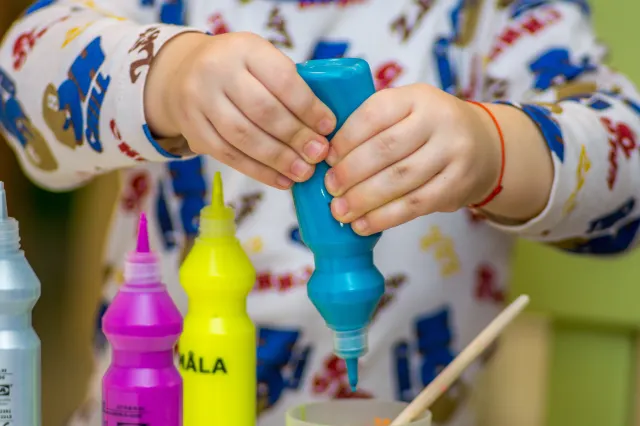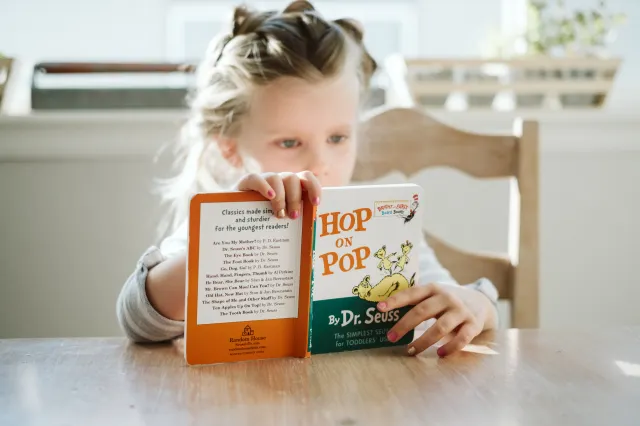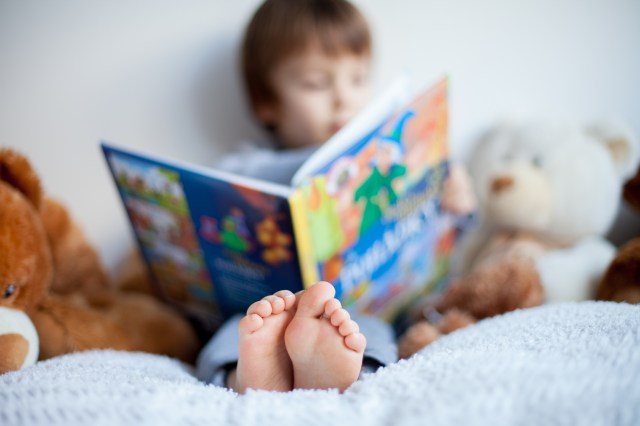You’ve stocked up on supplies and creative ways to pass the time with the kiddos, but what to do when you need something that you just don’t have at home? Don’t panic! Check out these local businesses and restaurants—filling your needs from coffee to gardening, toys to food, and even wine (really)—offering curbside-to-go and delivery services.
Fuel Your Day at Brash Coffee

Support Brash Coffee, your local coffee purveyors by getting takeout service—the cafe seating area and patios are closed—at one of these locations:
Westside Provisions, 1168 Howell Mill Rd., Mon.-Thurs. 8 a.m. - 3 p.m., Fri.-Sun. 8 a.m. - 4 p.m. and Atlanta History Center, 130 West Paces Ferry Rd. NW, Mon.-Sun. 8 a.m. - 3 p.m.
Pick Up Some Reading Material at Little Shop of Stories

Little Shop has been categorized as an essential business by the City of Decatur due to providing educational materials to those sheltering at home. While their shop will remain closed to customers until at least April 8th, they’re still open for pickup at the shop, home delivery, and online sales. Just order through knowledgeable and helpful booksellers in the shop.
133 E Court Square # A, Mon.-Sat. from 10 a.m. to 4 pm.
Get Your Garden Growing with Pike Nurseries

Planning a Covid-19 Victory Garden or perhaps just ready to spruce up your containers for the spring and summer? Pike's has your back. Just fill out this online form and let them know what plants and gardening products you’d like for your home and garden. A local plant expert at your neighborhood Pike Nurseries will call you within 24 to 48 hours to walk through your request to ensure you get exactly what you’d like. They will provide a quote and finalize your order over the phone. From there you can decide if you’d like to pick up curbside or have it delivered to your door.
Treat the Kids with Kazoo to You

Treat Yourself to Someone Else's Cooking

As parents, we're not stranger to the drive-through. So, getting used to Atlanta's curbside or delivery dining options should be a breeze. Check out this solid list of Atlanta restaurants temporarily offering curbside pick-up and delivery by Eater, but note that it's not comprehensive. Have a favorite spot and a craving for something on the menu? Give them a call. They can advise you of their new pick-up and delivery protocols.
Enjoy a Bottle of Hand-Selected Wine at Perrine's

This delightful Westside wine shop will have call-in orders ready for curbside pickup, and every bag will have been previously disinfected. They ask that you either open your trunk or pick up your wine form the designated pick up location. Need help finding the right bottle? The Perrine team will gladly advise you based on your food pairings, wine preference, and budget! 1168 Howell Mill Rd., 404-254-5077 Online: perrineswine.com
—Shelley Massey

























